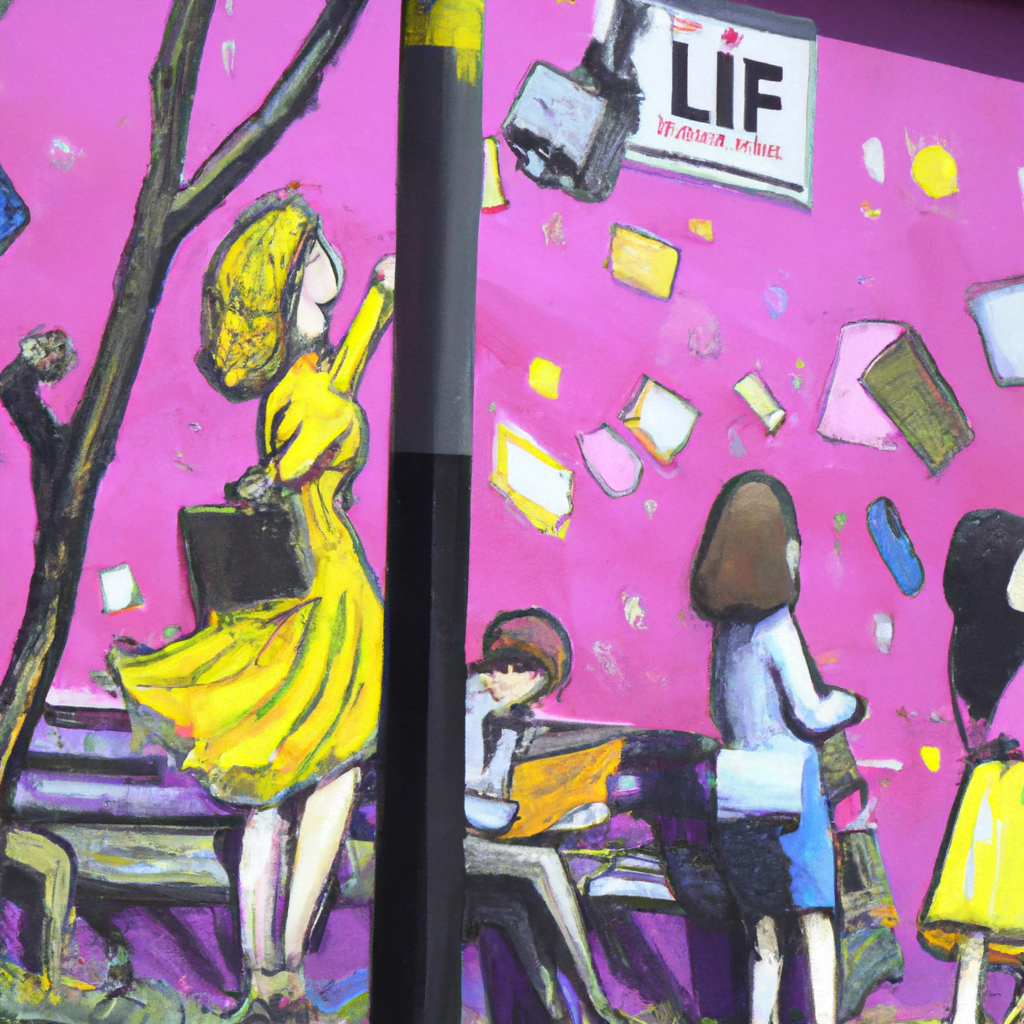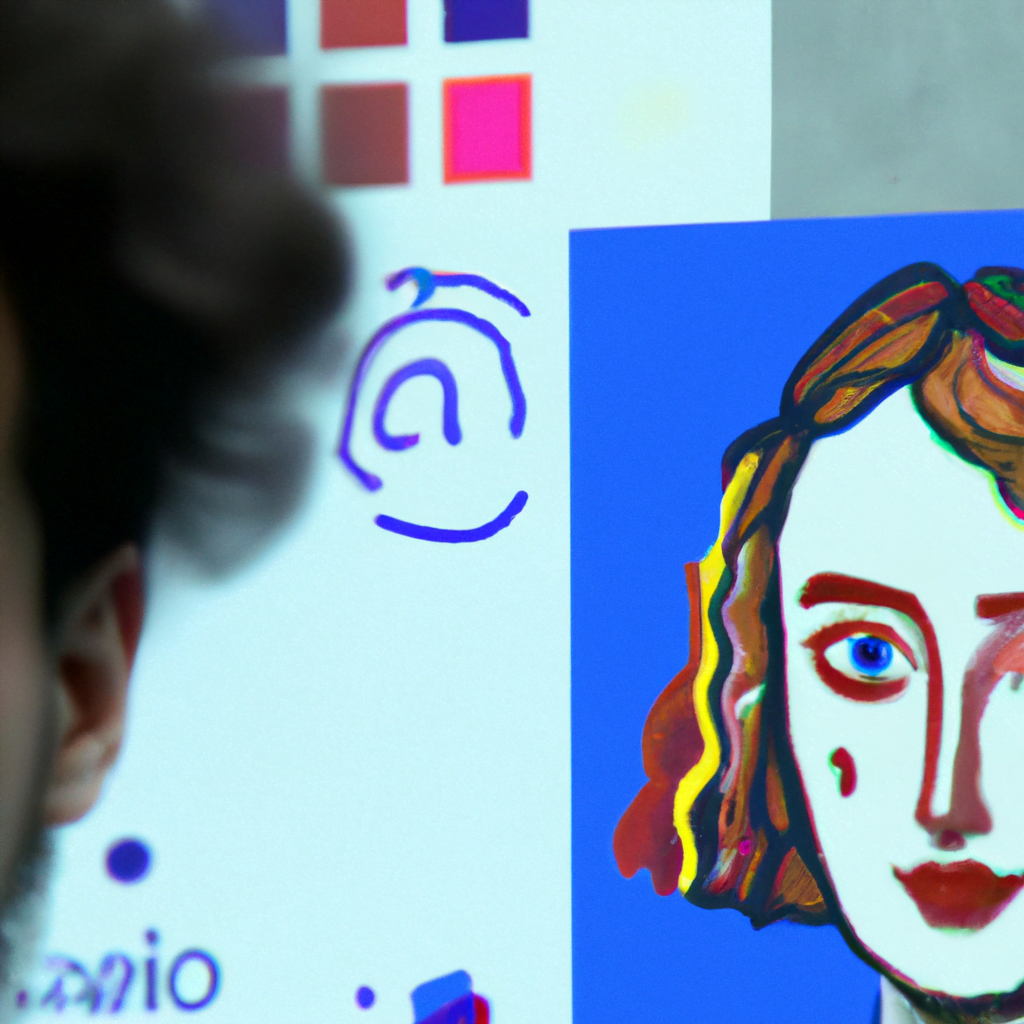
AI-Powered Design Collaboration Platforms and Tools

Design collaboration is an essential aspect of the creative process, allowing designers to work together seamlessly and efficiently. With the advent of artificial intelligence (AI), design collaboration platforms and tools have evolved to provide innovative solutions that enhance productivity, streamline workflows, and foster creativity. In this article, we will explore the benefits of AI-powered design collaboration platforms and tools, examine real-world examples, and discuss the future implications of this technology.
The Role of AI in Design Collaboration
Artificial intelligence has revolutionized various industries, and design collaboration is no exception. AI-powered design collaboration platforms and tools leverage machine learning algorithms to automate repetitive tasks, provide intelligent suggestions, and facilitate seamless communication among team members. By harnessing the power of AI, designers can focus on their creative work while benefiting from enhanced collaboration capabilities.
Automating Repetitive Tasks
One of the significant advantages of AI in design collaboration is its ability to automate repetitive tasks. Designers often spend a considerable amount of time on mundane activities such as file organization, version control, and formatting. AI-powered platforms can automatically handle these tasks, allowing designers to allocate their time and energy to more creative endeavors.
For example, Figma, a popular design collaboration tool, uses AI algorithms to automatically organize design files, ensuring that team members can easily locate and access the required assets. This automation not only saves time but also reduces the risk of errors and inconsistencies.
Intelligent Suggestions and Enhancements
AI-powered design collaboration platforms can provide intelligent suggestions and enhancements to improve the overall design process. By analyzing patterns and trends in design data, AI algorithms can offer valuable insights and recommendations to designers.
Adobe Sensei, an AI framework developed by Adobe, is a prime example of how AI can enhance design collaboration. Sensei analyzes design elements, such as color schemes and typography, and suggests improvements based on industry best practices and user preferences. This AI-powered feature helps designers make informed decisions and create visually appealing designs.
Real-World Examples
Several companies have embraced AI-powered design collaboration platforms and tools to enhance their creative workflows. Let’s explore some real-world examples:
1. Airbnb
Airbnb, the global hospitality marketplace, utilizes AI-powered design collaboration tools to streamline its design process. The company uses Sketch, a popular design tool, integrated with AI plugins like Sketch2React and Sketch2React Playroom. These plugins leverage AI algorithms to automate the conversion of design files into code, reducing the time and effort required for front-end development.
By adopting AI-powered design collaboration tools, Airbnb has significantly improved its design-to-development workflow, resulting in faster iterations and enhanced collaboration between designers and developers.
2. InVision
InVision, a leading design collaboration platform, has integrated AI capabilities into its platform to provide designers with valuable insights and feedback. InVision’s AI algorithms analyze design files and provide suggestions for improving accessibility, usability, and overall design quality.
Additionally, InVision’s AI-powered collaboration features enable designers to gather feedback from stakeholders and clients in real-time. This seamless communication fosters collaboration and ensures that everyone involved in the design process is on the same page.
The Future of AI-Powered Design Collaboration
The future of AI-powered design collaboration looks promising, with advancements in machine learning and natural language processing. Here are some potential future implications:
1. Enhanced Design Assistance
As AI algorithms continue to improve, design collaboration platforms and tools will offer even more advanced design assistance. AI-powered assistants could provide real-time feedback, suggest alternative design approaches, and even predict user preferences based on historical data.
2. Seamless Integration with Virtual Reality
Virtual reality (VR) has gained traction in the design industry, allowing designers to create immersive experiences. AI-powered design collaboration platforms could seamlessly integrate with VR tools, enabling designers to collaborate in virtual environments, review designs in 3D, and provide feedback in real-time.
3. Intelligent Design Versioning
AI algorithms can play a crucial role in managing design versioning. By analyzing design iterations and user feedback, AI-powered platforms can intelligently track and manage different versions of a design, making it easier for designers to revert to previous versions or compare different iterations.
Summary
AI-powered design collaboration platforms and tools have transformed the way designers work together. By automating repetitive tasks, providing intelligent suggestions, and facilitating seamless communication, AI enhances productivity and creativity in the design process. Real-world examples from companies like Airbnb and InVision demonstrate the tangible benefits of AI in design collaboration.
Looking ahead, the future of AI-powered design collaboration holds exciting possibilities, including enhanced design assistance, seamless integration with virtual reality, and intelligent design versioning. As AI continues to advance, designers can expect even more innovative solutions that streamline workflows and foster collaboration.
